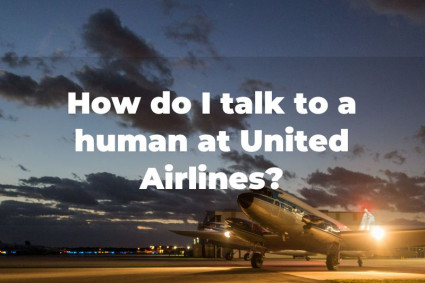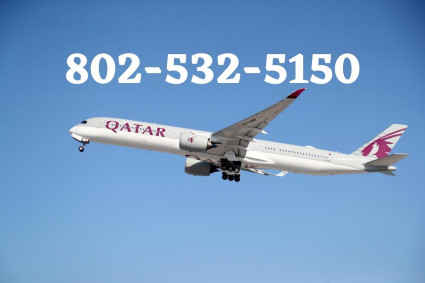In an increasingly interconnected world, effective communication is crucial for success in various aspects of life, especially in the global context. However, language barriers can pose significant challenges when attempting to connect with people from diverse linguistic backgrounds. Navigating these obstacles requires a combination of sensitivity, cultural awareness, and practical strategies Navigating these obstacles requires a combination of sensitivity, cultural awareness, and practical strategies. One effective approach to bridging language gaps is through participation in travel exhibitions. These events provide a platform for individuals and businesses to showcase their ideas, products, and services to a diverse audience, fostering cross-cultural understanding and facilitating meaningful connections. Here are some tips to help individuals and businesses foster effective global communication despite language differences.
1. Embrace Cultural Awareness:
Understanding the cultural context of communication is key to overcoming language barriers. Different cultures have unique communication styles, non-verbal cues, and social norms. Take the time to educate yourself about the cultural nuances of the individuals or groups you are interacting with. This cultural awareness can help you tailor your communication style, making it more effective and respectful.
2. Learn Basic Phrases:
While becoming fluent in multiple languages might not be feasible, learning basic phrases in the languages commonly used in your global interactions can go a long way. Simple greetings, expressions of gratitude, and common phrases can demonstrate your willingness to bridge the language gap and show respect for other cultures. Language learning apps and online resources make it easier than ever to acquire these fundamental language skills.
3. Utilize Translation Technology:
Technology has made tremendous strides in breaking down language barriers. Translation apps and tools can provide real-time translations of spoken and written language, enabling smoother communication. However, it's essential to remain cautious, as these tools may not always capture the full nuance and context of a conversation. Use them as aids but be mindful of potential inaccuracies.
4. Choose Clear and Simple Language:
When communicating across language barriers, opt for clear and straightforward language. Avoid using complex vocabulary, idioms, or slang that may be difficult to translate or understand. Expressing ideas in a concise and simple manner increases the likelihood of successful communication, minimizing the risk of misunderstandings.
5. Utilize Visual Aids:
Visual aids can be powerful tools for conveying information when words alone may not suffice. Incorporate charts, graphs, and images to support your verbal communication. This approach can enhance understanding and provide a universal language that transcends linguistic differences. However, ensure that the visuals chosen are culturally appropriate and sensitive to the audience.
6. Be Patient and Listen Actively:
Patience is a virtue when navigating language barriers. Allow time for individuals to express themselves, and avoid interrupting or finishing their sentences. Actively listen to both verbal and non-verbal cues, such as body language and facial expressions. This attentiveness can help you pick up on subtle nuances that may clarify the intended message.
7. Seek Feedback:
Encourage open communication by seeking feedback on your own communication style. Ask if there were any misunderstandings or if there are specific ways you can improve your interactions. Creating a feedback loop fosters a collaborative environment and demonstrates your commitment to effective global communication.
8. Foster a Multilingual Environment:
If you're part of an organization with a global reach, consider fostering a multilingual environment. Encourage language diversity within the workplace and provide resources for language learning. This not only promotes inclusivity but also equips team members with the tools needed to communicate effectively in a globalized world.
Summary:
Navigating language barriers requires a combination of cultural sensitivity, practical strategies, and a commitment to fostering effective global communication. By embracing these tips, individuals and businesses, especially those participating in events like India International Travel Mart (IITM), can overcome linguistic challenges, build stronger connections, and thrive in an interconnected world. Language differences should be viewed not as obstacles but as opportunities for growth, learning, and collaboration on a global scale.







